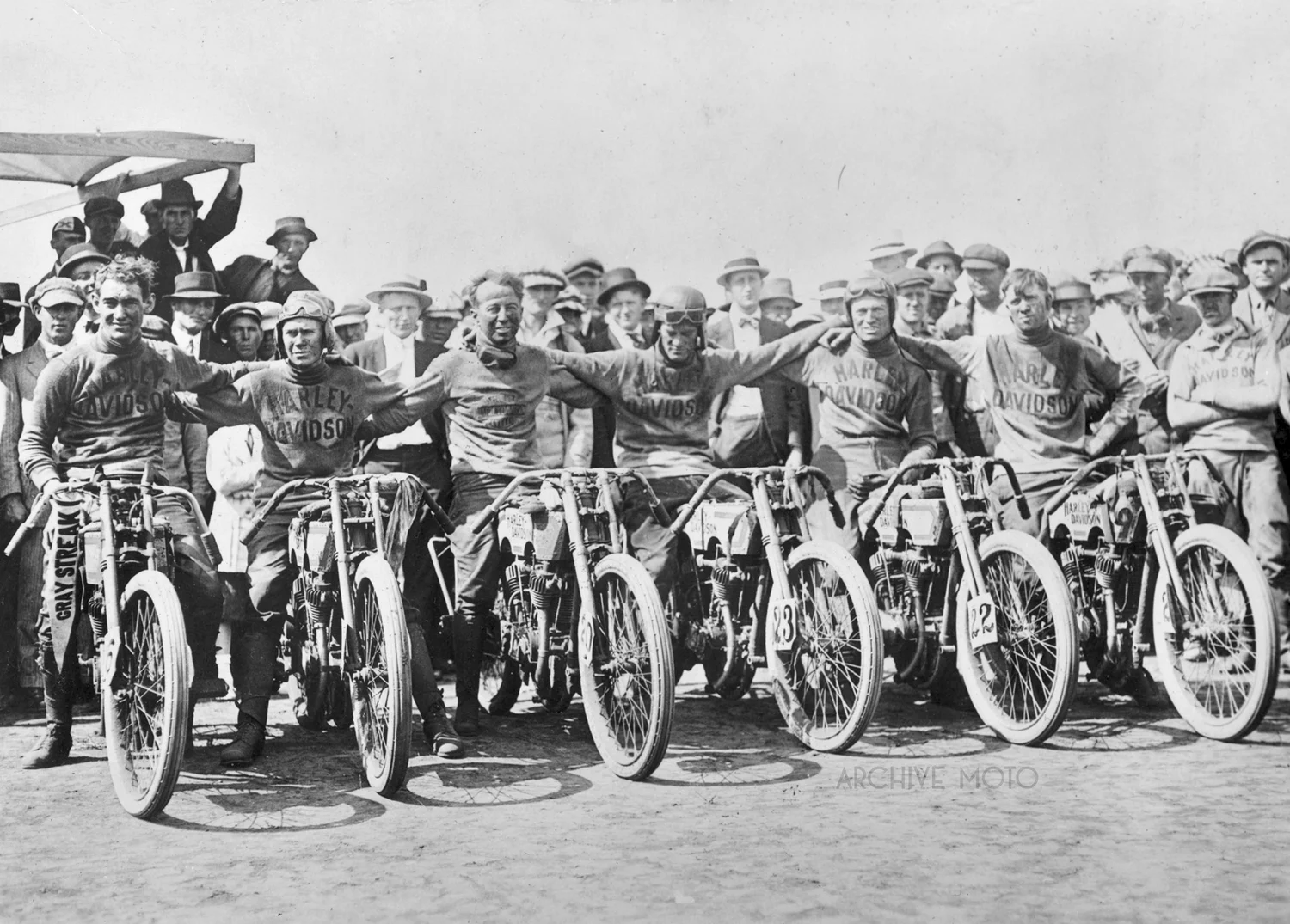On the warm autumn evening of October 21, 1912, beneath the arc lights of the Lake Cliff Motordrome in Dallas Texas, a stadium full of racing enthusiasts witnessed a miracle on the boards. The country was still in shock as the tragedy at the Valisburg Motordrome occurred only weeks before on September 8. The horrific and now infamous crash, the precursor of the “murderdrome” moniker claimed the lives of Indian racing stars Johnny Albright and local Texan hero Eddie Hasha along with 6 spectators, 5 of which being but teenaged boys. In the weeks that followed the Valisburg track shutdown, papers nationwide ran stories of the carnage, and an outcry for improved safety standards had organizers and promoters implementing new rules and infrastructure. For the riders, however, racing was their livelihood and though their friends had just perished, death was just another aspect of their daily lives so most were eager to get back onto the boards.
Three years ago I began a project involving one of the most historically significant collections of photographs from the Golden Age of American motorcycle racing. It has been an incredible journey full of discovery and I am excited to finally be sharing this remarkable collection, as well as the story of the man behind their preservation, Mr. Ashely Franklin Van Order.
I can’t wait for you to see this book, pre-order information will be coming soon, but if you would like to stay in the loop I have created a special Pre-Order notification HERE, sign up today!
John Charles Seymour talking shop with Indian veteran Charles Gustafson Jr. on the beach at Daytona in early January 1926. Johnny was the fearless champion, a young racer recited to the team during the sport’s spectacular revival following WWI and one of the few men left at the top of the professional racing game by the mid-to-late '20s. Gustafson was Indian royalty, having been as good as born into the company through his father’s early relationship with Indian and Hedstrom during the companies birth and later engineering contributions such as the side-valve platform itself. Gustafson Jr. went to work alongside his father early on at the company and raced alongside the pioneer’s of the sport, and when a fellow founding father at Indian, Charles Spencer, left the experimental department in 1924 it was Gustafson who picked up the reigns during a frenzied point in engine development in Springfield. On January 11th and 12th, 1926 the men were back on the sand in Florida for the same reason that so many speed-obsessed had traveled to those hallowed shores since the turn of the century; to crack a throttle so wide open as to see just how close they could get to the edge without going over.
It was his distinctive posture, the way his long back arched high above his shoulders when he tucked in tight on top of his Harley-Davidson that earned him the nickname “Camelback.” Harry Otto Walker was and will always be one of America’s most popular and recognizable pioneer motorcycle racers, and photographs like this one perfectly illustrate why. Walker was one of the first racers to be handpicked by Harley-Davidson’s Bill Ottaway in 1914 when he began forming the Motor Co.’s first factory racing program. It was Walker who won the first official factory victory at the International Grand Prize 300-Mile Road Race in Venice on April 11, 1915, and it would be Walker who was most consistently marking up podium finishes and broken records for the company over the following months and years. Between 1915 and 1918 the California native racked up over a dozen first place finishes and even more speed records across the country, including a huge first place at the Dodge City 300-Mile race in July, 1915.





